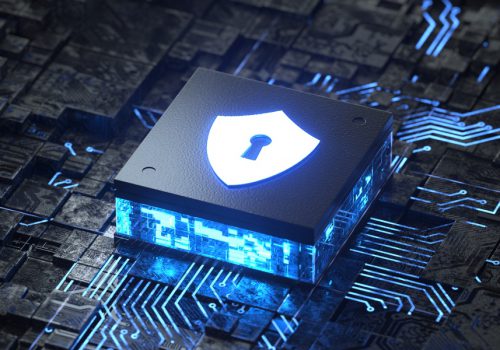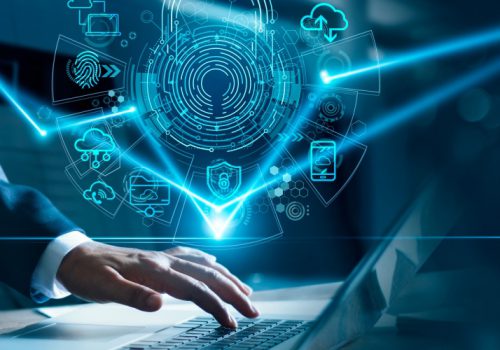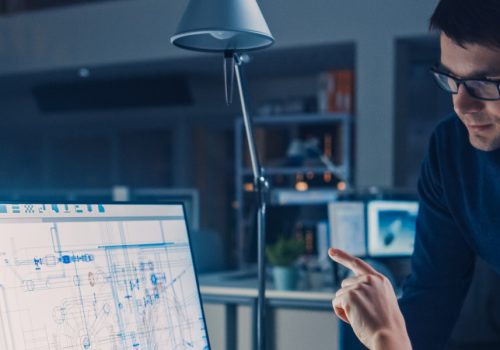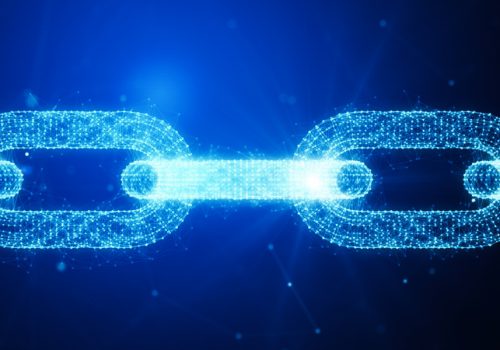Quantum Computing is poised to be one of the many disruptive technologies in the near future. Its computational power has the potential to solve problems that are not able to be tackled by current classical hardware (e.g., Exascale). Use cases in drug discovery, where quantum computers can estimate the appropriate ligand for a protein in minutes, or in Supply Chain to the routing problem, where a fleet can reduce the costs in benzene and reduce delivery time by traversing smaller distances.
Possibilities are endless, but there are still some challenges to be solved till a fault-tolerant quantum computer is achieved. A combination of an increase in the number of qubits, decoherence time, and reduction of the corrections of errors, need to be achieved. A fault-tolerant quantum computer is a quantum computing hardware where errors can be suppressed. Hence, we need faulttolerant quantum computers in order to obtain the full computational power that this technology can bring to society.
The era where a fault-tolerant computer is not present is the era of NISQ (Noisy Intermediate-Scale Quantum); quantum computers that are scaling up in the number of qubits but still have errors and no deep quantum circuits can be executed efficiently. It is very important for the future of quantum computers to handle these issues mentioned previously. Reliable quantum computations will not be done without efficient error correction techniques in hardware and software. A combination of an increase in the number of qubits, longer decoherence time, and improved gate fidelities are getting us closer to implementing error correction codes for fault-tolerant quantum computing.
Quantum Error Correction
Quantum Computers face the following errors:
- Bit-flip error: It consists of whether a qubit can change its value from 0 to 1, or vice-versa.
- Phase-flip error: Qubits are represented by the Bloch sphere. It means that qubits also have phases in their computations. This type of error comes up when a phase of a qubit is changed.
- Coherence: It is the time that the qubits can be in the same state with no change. It means that an ideal quantum computer would have infinite coherence.
- Decay: It is the time that a qubit decays to the more stable state, the ground state energy, the 0 state. It affects all theoretical properties of the qubit and this time needs to be as long as possible (as coherence).
Of course, other noises, like external noise, can damage the computation and include errors. But these are outof- control noises that need to be prevented from the hardware perspective by isolating the QPU (Quantum Processor Unit).
Hence, there are two places where strategies can be placed in order to reduce errors and noise:
- Software protocols or active qubit error correction: Protocols done in the software environment with the aim of protecting qubits against bit-flip errors or phase-flip errors. They are analogous to their classical counterpart in the sense that they are based on the assumption to repeat qubits and information to save the processing data. These strategies are not suppressing the errors, they are mitigating them: errors occur, but these protocols detect them and send the correct information.
- Hardware protocols or passive qubit error correction: Protocols done in the hardware/physical environment with the aim of protecting qubits from errors and external noise. They are hardware implementations to dissipate excess of energy so that the quantum system stays in low-energy qubit states that can be used for computation.
The basics of Quantum Error Correction are the same as for classical computations in terms of software. They rely on correcting the following two concepts:
- How good is your connection? → meaning how good is the transmission of information in the channel of your communication.
- How important is it that you are understood correctly? → assuming a good connection, how important is receiving the message properly for you (i.e., the question “would you like to eat ice cream?” is not as significant as “are there sharks in the beach?”)
And the main way to solve these casuistries is to repeat the information sent. In that sense, it is multiplied by the amount of information that is being sent and, thus, you can detect errors (in the channel or emission) and mitigate them by collecting the right information. Thus, an easy example containing all characteristics of error correction is:
- There is some information to be sent or stored
- The information is encoded in a larger system to protect it against noise
- The information is finally decoded, mitigating for the effects of noise
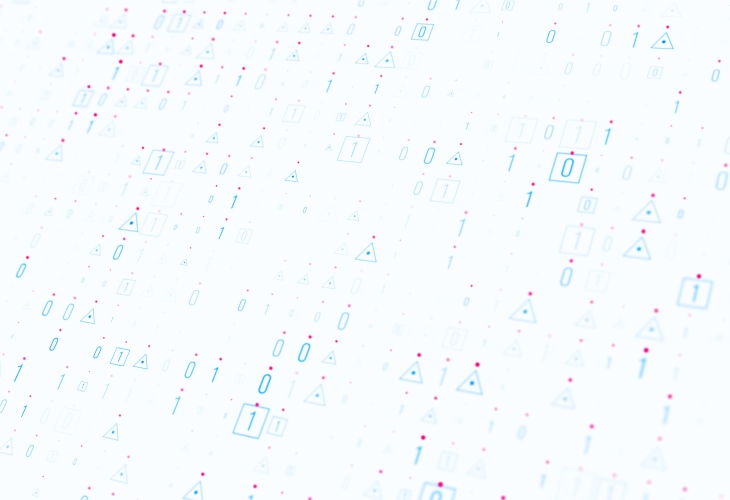
Quantum Error Correction (Software)
Quantum Error Correction software techniques shows most promise in this field in order to progress with Quantum Computing technology. As of now, most of the advances in Quantum Error Correction are replicating the same work that is done in classical computation.
For example, analogous to classical error-correcting codes, software techniques can be applied, such as repetition code protocol to correct errors in quantum computers. The most established quantum error-correcting code is the 9-qubit Shor protocol. This protocol uses a lot of physical qubits (real qubits where noise is affecting them) for one logical qubit (ideal qubits without errors created upon some physical qubits), but it suppresses the bit-flip and phase-flip errors. The most researched codes are surface code, color code, GKP code, etc.
There are proven software techniques to handle errors that occur in the computation of quantum circuits. The main challenge is the uncertainty on how the number of qubits is going to scale in real quantum hardware. The main challenge in this topic is how the technology is going to evolve to maintain the entanglement between the qubits while keeping the temperature at 0 K (-273.15 °C) to have quantum effects inside the QPU. This will yield to the promising fault-tolerant quantum computer.
An opportunity to use a technique called error mitigation in the NISQ era comes due to the uncertainty of the timeline on when the number of qubits will increase considerably with low errors. This technique allows Quantum Information Scientists to be able to execute quantum circuits in the NISQ era and, somehow, correct the errors in the performance.
It is based on creating a calibration matrix of the quantum computer and correcting the errors through this calibration matrix. This is the most widely used method nowadays and is explained by most of the providers: Pennylane, Qiskit, Google, and many others.
Quantum Error Correction (Hardware)
The Quantum Error Correction software techniques are restricted to the number of available physical qubits that the quantum hardware can bring. Because of that, the real race for reliable quantum computation is led by quantum hardware engineers. The two main goals are to surpass the decoherence and increase the number of entangled qubits, increasing as much as possible the Quantum Volume. The Quantum Volume is the capacity that a quantum computer has in terms of the number of qubits and circuit depth.
Some companies already raised their achievements in terms of quantum supremacy: the 2019 Sycamore (Google), the 2020 Jiuzhang (Chinese Academy of Science), and the 2022 Borealis (Xanadu) experiments. But none of these previous experiments show a clear path to revenue; all of them are solving non-practical problems. Hence, as the hardware is still very premature, there are a lot of opportunities for quantum hardware engineers to find the optimal path for the manufacturer of quantum hardware.
There are several types of quantum hardware: Superconducting qubits (IBM, Rigetti, Google, etc.), Photonic hardware (Xanadu), Trapped-Ion hardware (Quantinuum, IonQ) or Neutral Atoms (Atom Computing, Quera), among others. Every type of quantum hardware has its advantages and disadvantages in terms of scalability and reducing errors. For example, Trapped- Ion hardware has several problems in terms of scalability, entangling ions (of different kinds) is very difficult, that is why specific architectures are able to scale the problem up; or photonic hardware has the advantage of performing the quantum computations at room temperature, there is no need for a huge refrigerator. These are some examples how the state-of-art of current quantum hardware is, and a lot of steps that need to be addressed in order to achieve the mentioned fault-tolerant quantum hardware.
IBM recently released a scientific paper with a milestone: performing efficiently a large simulation with a real quantum computer controlling noise and correcting errors. The experiment simulates a chemical reaction, the time dynamics of a complex quantum manybody system, using two main Quantum Error Correction techniques: from the active qubit error correction perspective, the scientific paper leverages an efficient error mitigation technique for reasonable ‘deep’ quantum circuits; while from the passive qubit error correction perspective, the paper shows how the new IBM quantum machine, ibm_kyiv, improves considerably the coherence times in the chip.
Finally showing with this performance that there is a path to grow and use quantum computers for practical applications before a fault-tolerant quantum computer comes into the game. One more recent highlighted news is the one from Quantinuum: the company claims that they performed the ground state energy calculation of the H2 molecule with the quantum phase estimation algorithm and using a useful Quantum Error Detection algorithm to detect errors. This claim is not using error correction techniques; in fact, this technique is only useful for detecting errors, it does not correct them. However, it will be useful for low-depth circuits in the NISQ era, as it prevents the developers from getting an execution with no noisy errors.
Moreover, as there are still a lot of paths to grow in this topic, and specifically in the Quantum Error Correction path, many governments are putting a lot of investments and efforts into the development of such techniques in the research area. For example, the U.S. Department of Defense makes MURI Award of $6.25 million to University Researchers for investigating Quantum Error Correction and Quantum Control. This is just one example of how the governments are investing in this field and the good projections they are making every time.
Conclusion
Correcting noisy errors and improving coherence time are the two main challenges for quantum hardware engineers for reliable quantum computation. Companies and research teams are making significant progress in Quantum Error Correction, though no practical advantage has been achieved yet. However, this is the natural path for progress: current achievements do not yield any quantum practical advantage, but these achievements need to happen till a fault-tolerant quantum computer is built.
All the community is looking for a quantum economic advantage in a real business use case. In the near front, this will only be achieved if Quantum Error Correction, Quantum Error Detection, or Quantum Mitigation techniques improve and show a clear path to decreasing errors in the computation for NISQ devices. The most used techniques nowadays are the Quantum Mitigation techniques. There is no need to include more quantum circuits acting as quantum error correction protocols and somehow improve the results obtained from current quantum computers.
The next step for a reliable computation will be finding ways to include these error-correcting codes protocol into the quantum hardware in order to really obtain a reliable quantum computation.



